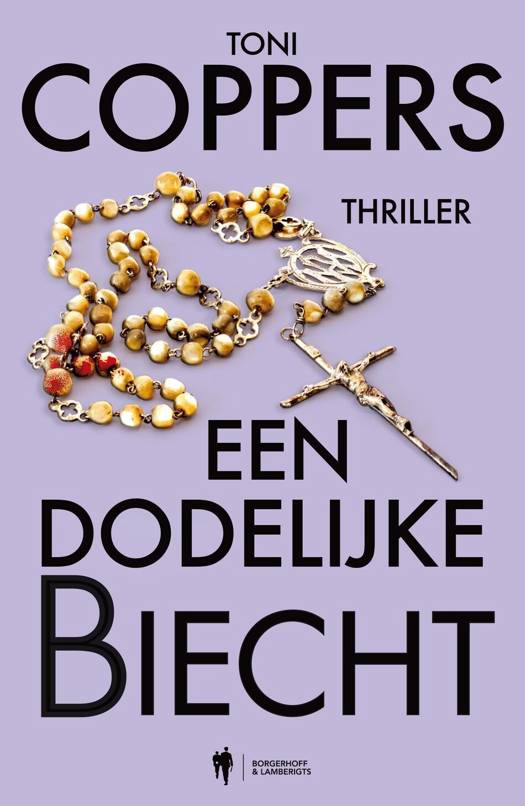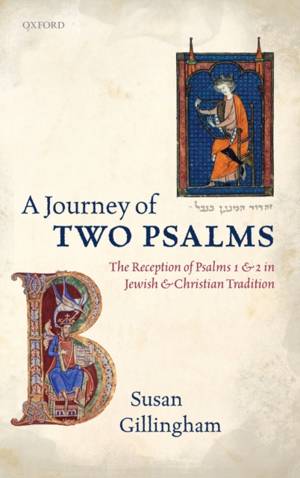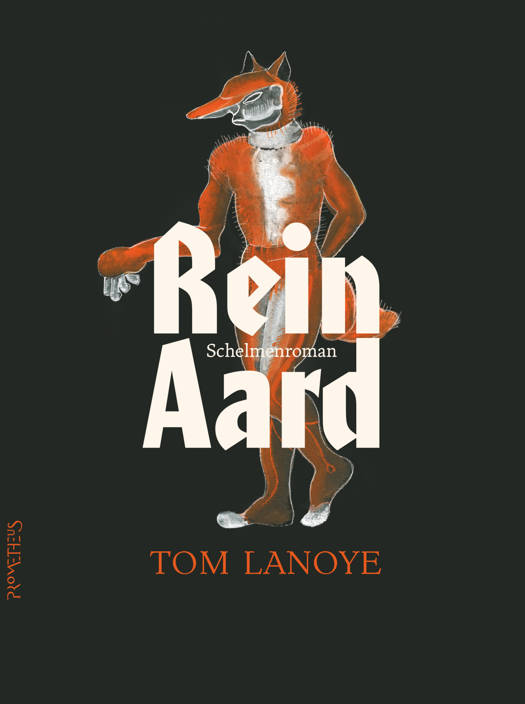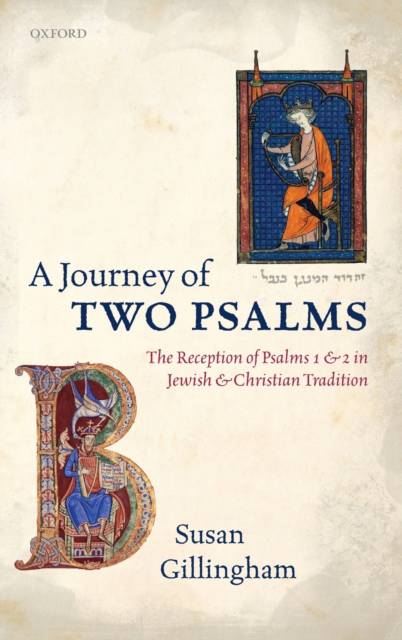
- Afhalen na 1 uur in een winkel met voorraad
- Gratis thuislevering in België vanaf € 30
- Ruim aanbod met 7 miljoen producten
- Afhalen na 1 uur in een winkel met voorraad
- Gratis thuislevering in België vanaf € 30
- Ruim aanbod met 7 miljoen producten
Zoeken
A Journey of Two Psalms
The Reception of Psalms 1 and 2 in Jewish and Christian Tradition
Susan Gillingham
Hardcover | Engels
€ 153,45
+ 306 punten
Omschrijving
For two-and-a-half millennia these two psalms have been commented on, translated, painted, set to music, employed in worship, and adapted in literature, often being used disputatiously by Jews and Christians alike. Psalm 1 is about the Law; at the heart of Psalm 2 is the Anointed One ("Messiah"), and together they serve as a Prologue to the rest of the Psalter. They have frequently been read as one composite poem, with the Temple as one of the motifs uniting them. So three themes--Jewish and Christian disputes, the interrelationship of these psalms, and the Temple--are interwoven throughout this reception history analysis. The journey starts in ancient Judaism, moves on to early Christianity, then to rabbinic and medieval Judaism, and so to Christian commentators from the early Middle Ages to the Reformation. The journey pauses to look at four important modes of reception--liturgical use, visual exegesis, musical interpretation, and imitation in English literature. Thirty-eight color plates and numerous musical and poetic examples bring the work to life. The journey continues by looking at the debates about these psalms which have occupied scholars since the Enlightenment, and ends with a chapter which surveys their reception history in the light of the three key themes.
Specificaties
Betrokkenen
- Auteur(s):
- Uitgeverij:
Inhoud
- Aantal bladzijden:
- 366
- Taal:
- Engels
Eigenschappen
- Productcode (EAN):
- 9780199652419
- Verschijningsdatum:
- 14/02/2014
- Uitvoering:
- Hardcover
- Formaat:
- Genaaid
- Afmetingen:
- 165 mm x 234 mm
- Gewicht:
- 725 g

Alleen bij Standaard Boekhandel
+ 306 punten op je klantenkaart van Standaard Boekhandel
Beoordelingen
We publiceren alleen reviews die voldoen aan de voorwaarden voor reviews. Bekijk onze voorwaarden voor reviews.











